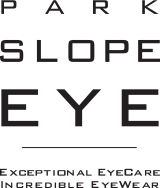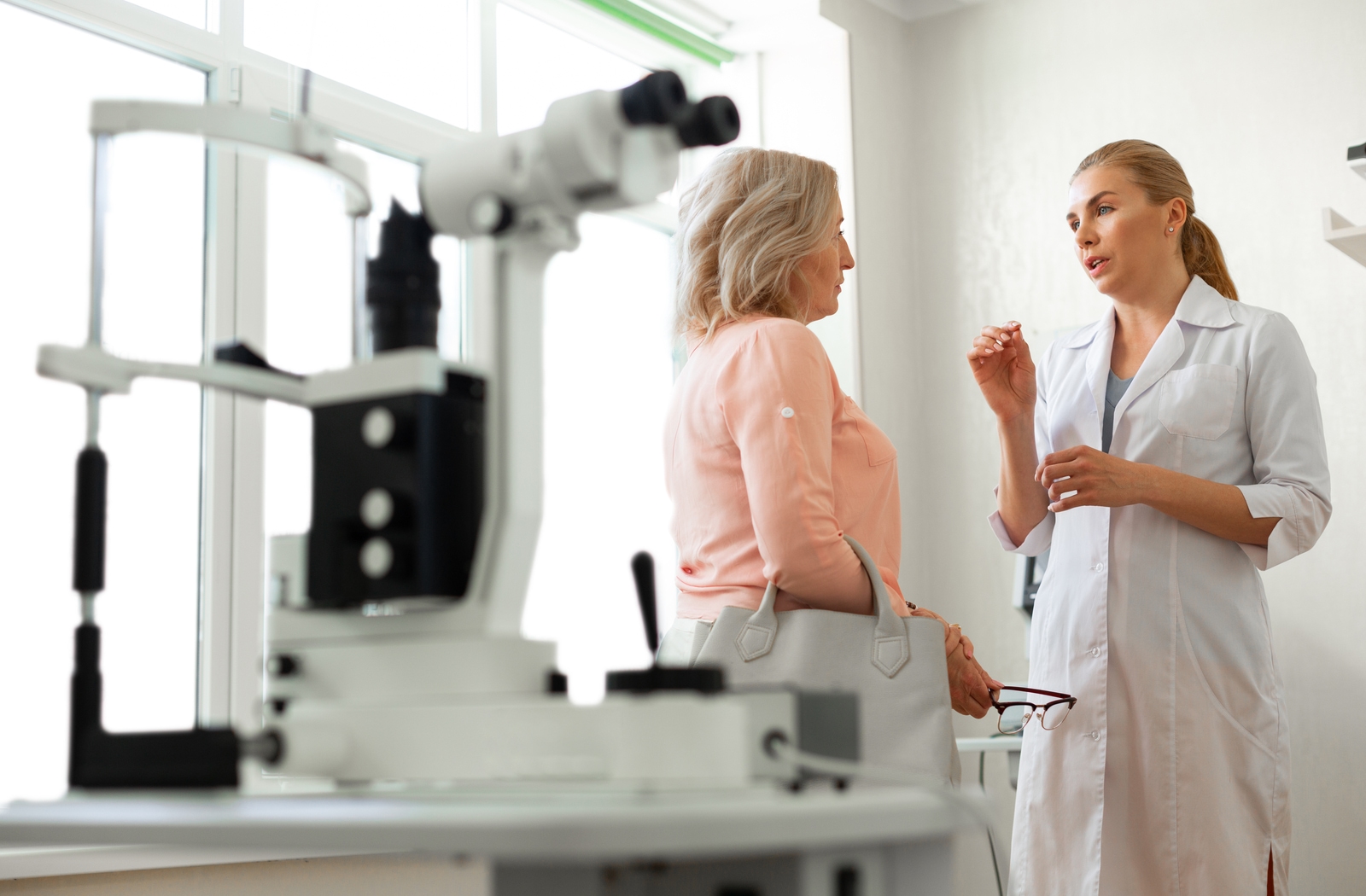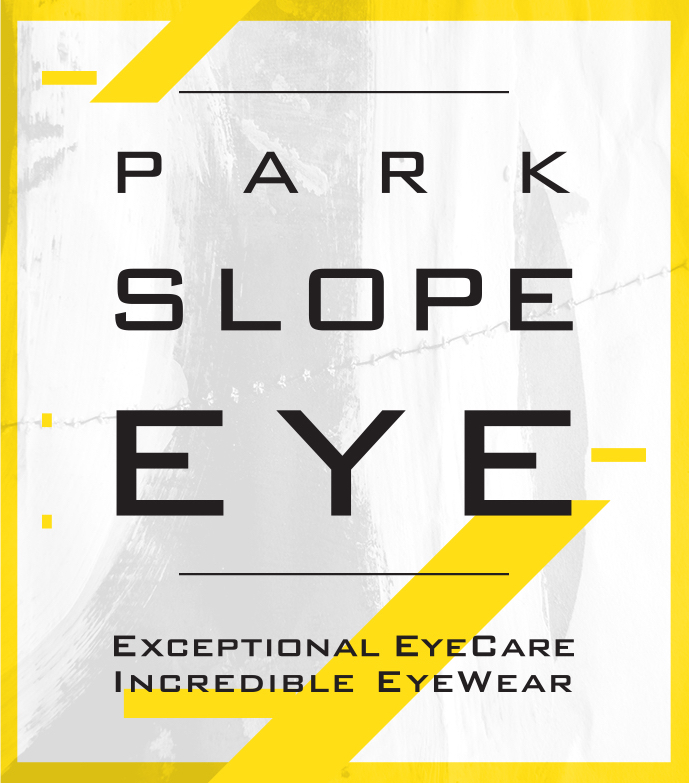Seeing Through Your Eyes
Eye exams are more than a vision test. Comprehensive eye exams are crucial for understanding eye function and health.
The structures of your eye are like the gears and cogs in a clock. Each part has a function, each precisely shaped, and each working together to create healthy vision. However, when one part is uniquely shaped or affected by health conditions, it changes how our vision works.
Eye disease diagnosis and management are essential for understanding our unique eye structures and creating a plan to achieve comfortable vision. Comprehensive eye exams can help detect various eye conditions by seeing through your eyes, not just looking at the surface.
Diagnosing Eye Health with OCT
Imagine you’re trying to guess what the layers of a cake look like before slicing pieces. Without tools, it’s impossible to guess what’s really going on inside. How thick are the layers? Are the layers even? Is there fruit or chocolate chunks?
Unfortunately, diagnosing eye health isn’t as simple as slicing a piece of cake. Your optometrist requires tools to look inside your eye. Technology allows your optometrist to see through the layers of your eye and construct details for accurate assessment.
Optical coherence tomography (OCT) is a diagnostic tool optometrists use to observe the health of the back of your eye. The noninvasive test captures high-resolution images with light waves. The images are cross-sections or layers, allowing an optometrist to visualize the details of your retina and optic nerve.
The retina receives light and interprets it, changing our eyes’ perception into electrical signals. The optic nerve (also called the second cranial nerve) transfers those signals to our brain. Without a functioning retina and optic nerve, our brain can’t understand what we see.
After a 5–10 second OCT scan, the optometrist has a thorough look at the 3D images to diagnose the health of your eye. OCT scans can help detect any eye condition related to the back of the eye, including:
Age-Related Macular Degeneration
Macular degeneration affects the macula, a part of the retina responsible for central (straightforward) vision. Macular deterioration can be caused by factors related to aging, which is why it’s commonly known as age-related macular degeneration.
Risk factors include:
- UV light exposure
- Blue light exposure
- Family history of AMD
- Poor nutrition
- Smoking
- Lack of exercise
In addition to central vision loss, AMD can also cause:
- Difficulty seeing in low-lighting
- Difficulty recognizing faces
- Distorting straight lines or edges
- Retinal damage
- Dark or blank spot (central vision)
AMD has two forms, dry and wet. Dry is the initial, slower-developing stage. Wet includes rapidly worsening symptoms and requires immediate medical attention. If you experience sudden vision symptoms, contact us for emergency eye care.
Diabetic Retinopathy
Diabetic retinopathy, a complication of diabetes, is the leading cause of blindness in adults in the US. The condition affects the blood vessels in the retina, which optometrists can detect through an OCT scan.
If undetected, diabetic retinopathy can develop other eye conditions, including vision loss, glaucoma, retinal detachment, and diabetic macular edema (DME).
Diabetic eye exams provide an evaluation of eye problems related to diabetes.
Glaucoma
Glaucoma is a group of eye diseases that damages the optic nerve, impacting peripheral (side) vision. Most types of glaucoma develop too slowly for patients to notice. An eye exam is the best option for observing minor changes.
There isn’t a cure for glaucoma, but symptoms can be managed to preserve vision.
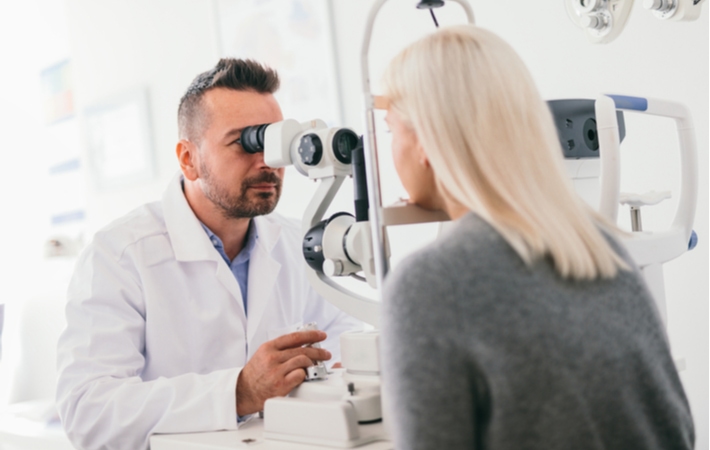
Understanding Vision Symptoms
Many eye conditions can go undetected because symptoms begin slowly. As a result, you may not notice vision changes. Or the difference might seem too minor to visit your optometrist.
For example, are your eyes dry because you’re dehydrated, or is it dry eye disease? Is your vision blurry because you’re tired or cataracts?
Without an evaluation from an optometrist, many symptoms can seem ordinary. For example, sudden headaches or dizziness might not seem related to eye health but can indicate an eye care emergency.
As symptoms can be confusing, it’s best to regularly check in with your optometrist to keep an eye on changes. The American Optometry Association recommends adults schedule comprehensive eye exams every 2 years and every year for school-age children and risk patients.
Keeping your optometrist in the loop with other health conditions is also recommended. Your eyes are a part of the bigger picture, and your overall health impacts vision.
Did you know high blood pressure can lead to vision loss, autoimmune diseases can have ocular manifestations, and liver problems can cause jaundice in the white of the eyes? Even nutrition and diet can affect the risk of developing serious eye diseases.
Optometrists consult eye exam results to understand how your eye structures and health have developed. But optometrists also need to know your experience with symptoms and access information about your overall health. With more details, optometrists can assess how your vision and eyes change.
Protect Your Eye Health for Better Vision
Optometrists use eye exams to detect multiple eye conditions and diseases. What our optometrists look for and the tools they use will vary depending on your unique eye health. However, you can expect many of the same basics, as our eyes have structures in common.
Diagnosing your whole eye health is essential for protecting your vision. From the front of your eye to the back, comprehensive eye exams ensure our optometrists see the bigger picture and the tiniest details. Contact us at Park Slope Eye for a world-class optical experience. Book an appointment today!
